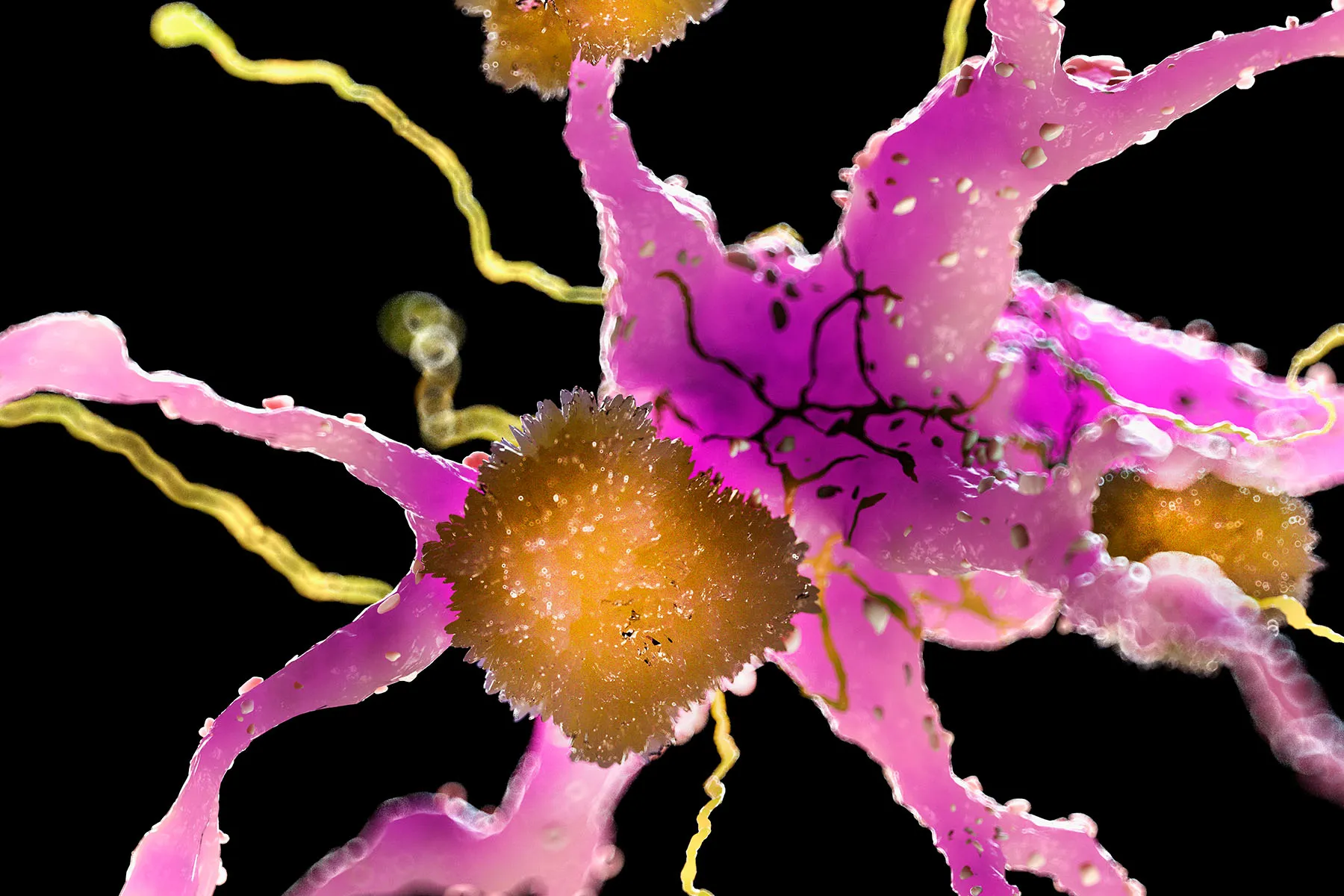Reducing Jail Populations Didn’t Increase Crime, Studies Show
Two recent studies examining the public safety effects after jail reductions spurred by COVID-19 found the narratives connecting reform to increased crime rates to be "damaging and misleading."
Studies produced from the Safety and Justice Challenge (SJC) show that reductions in arrests and jail populations do not lead to an increase in crime or adversely impact community safety, reports Essence. The two studies, The Impact of COVID-19 on Crime, Arrests and Jail Populations and Jail Decarceration and Public Safety: Preliminary Findings from the Safety and Justice Challenge, examining the public safety effects between 2015 and 2019 after the enactment of jail population reduction and the impact of COVID-19 on the criminal justice system, including crimes, arrests, and jail populaces, respectively, found that “reducing over-incarceration in jails keeps us safe. Narratives connecting these reforms to rising crime rates are misleading and damaging.”
For example, the jail population for one study participant, Lake County, IL, decreased by 27 percent during the pandemic due to the implementation of public health efforts, while both nonviolent and violent crimes declined by 11 percent between 2016 and 2019. These study’s findings indicate that supporting a jail population reduction and redefining a more inclusive public health and safety definition is critical in the efforts to help the most vulnerable, specifically BIPOC individuals, who are often debilitated by a biased and prejudiced criminal justice system.

 Landwebs
Landwebs 


















